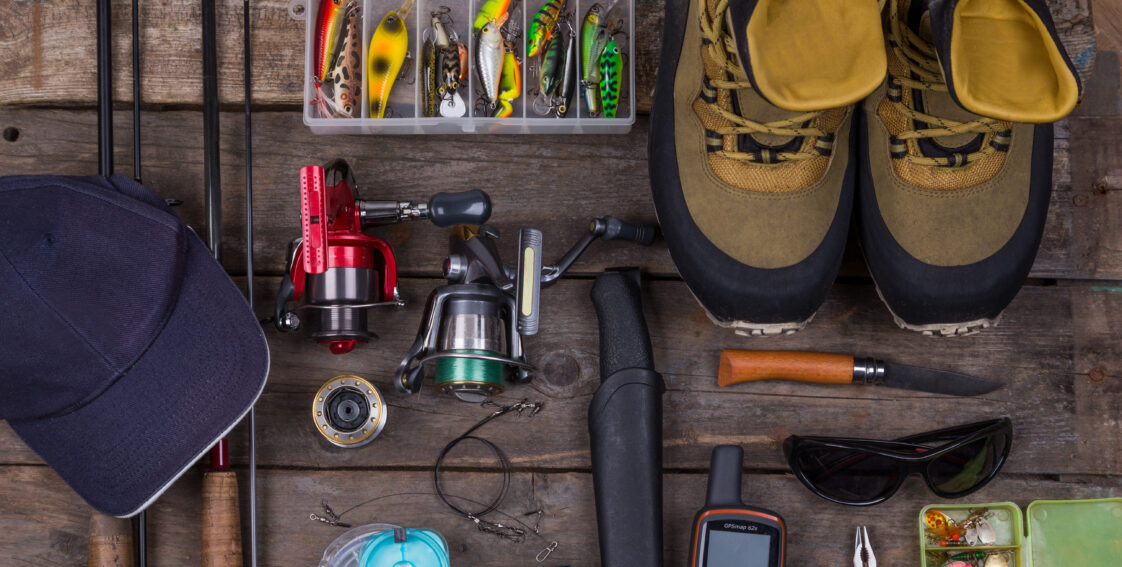
Fishing Tackle Box Essentials
Apart from your rod and reel, the tackle box is one of your most important fishing tools. A lot can happen when you are out on the water, but making sure your fishing tackle box essentials are always well stocked can mean more time out on the water and less time stressing out because you don’t have what you need or heading back to shore for something you forgot. If you’re new to fishing, you may not know what you need to keep in your tackle box. We have put together the following guide to help you identify the essentials.
What Are the Fishing Tackle Box Essentials?
On one hand, it is important to bring everything that you might need with you in your tackle box when taking a fishing trip. On the other hand, you do not want to over-pack your tackle box so that it is too heavy to carry with you. Our freshwater tackle box checklist helps you pack only what you need and leave behind what you do not.
1. First Aid Kit
Fishing is usually a relaxing activity, but there is a risk of injury due to the sharp implements used. You should have a first aid kit stocked with the basics in your tackle box to cope with any accidents involving hooks, knives, or fish teeth.
2. Tools
There are three tools that are crucial to include in any tackle box: A sharp knife to gut the fish, a pair of nail clippers to snip through the line, and needle-nosed pliers to help you twist and bend hooks and other metal components as necessary.
3. Hard and Soft Bait
You obviously don’t keep live bait in a tackle box because it won’t stay alive for long. However, you should keep a supply of soft bait, such as rubber grubs or worms, and hard bait, including lures, in your tackle box at all times. A variety of hard and soft bait allows you to catch different types of fish.
4. Extra Line
There are three different types of fishing line, each offering its own advantages. Monofilament is more durable, fluorocarbon is less visible, and braided line is more pliable. The type of fishing you intend to do, the conditions you are fishing under, and the rod and reel you use all factor into what kind of line to choose. Whatever the case, you should always stock extra so that your fishing excursion needn’t come to an end if you snap a line.
5. Hooks
The same factors that inform which line you use also determine the type of hook. If you always carry a variety of hooks in your tackle box, you are ready to catch anything.
6. Sinkers and Bobbers
You’re unlikely to catch anything if your hook isn’t where the fish are biting. By itself, a hook will float on the surface of the water. If the fish are beneath the surface, you need a sinker that weighs the hook down. By contrast, a bobber keeps the hook close to the surface. As with hooks, sinkers and bobbers can get lost easily if the line breaks, so you should keep a good supply in stock.
7. Swivels
The main purpose of swivels is to keep your line from twisting in the water. They can also help you to tie complicated rigs. Because they have multiple uses, you should keep a good supply in your tackle box.
What Kind of Tackle Box Should You Use?
You can’t keep your fishing equipment in just any sort of container. It needs to prevent the buildup of excess water with sufficient drain holes, be made of a durable material, and have features to keep it organized and securely closed. Check out Special-Mate’s American-made, high-quality tackle boxes.
